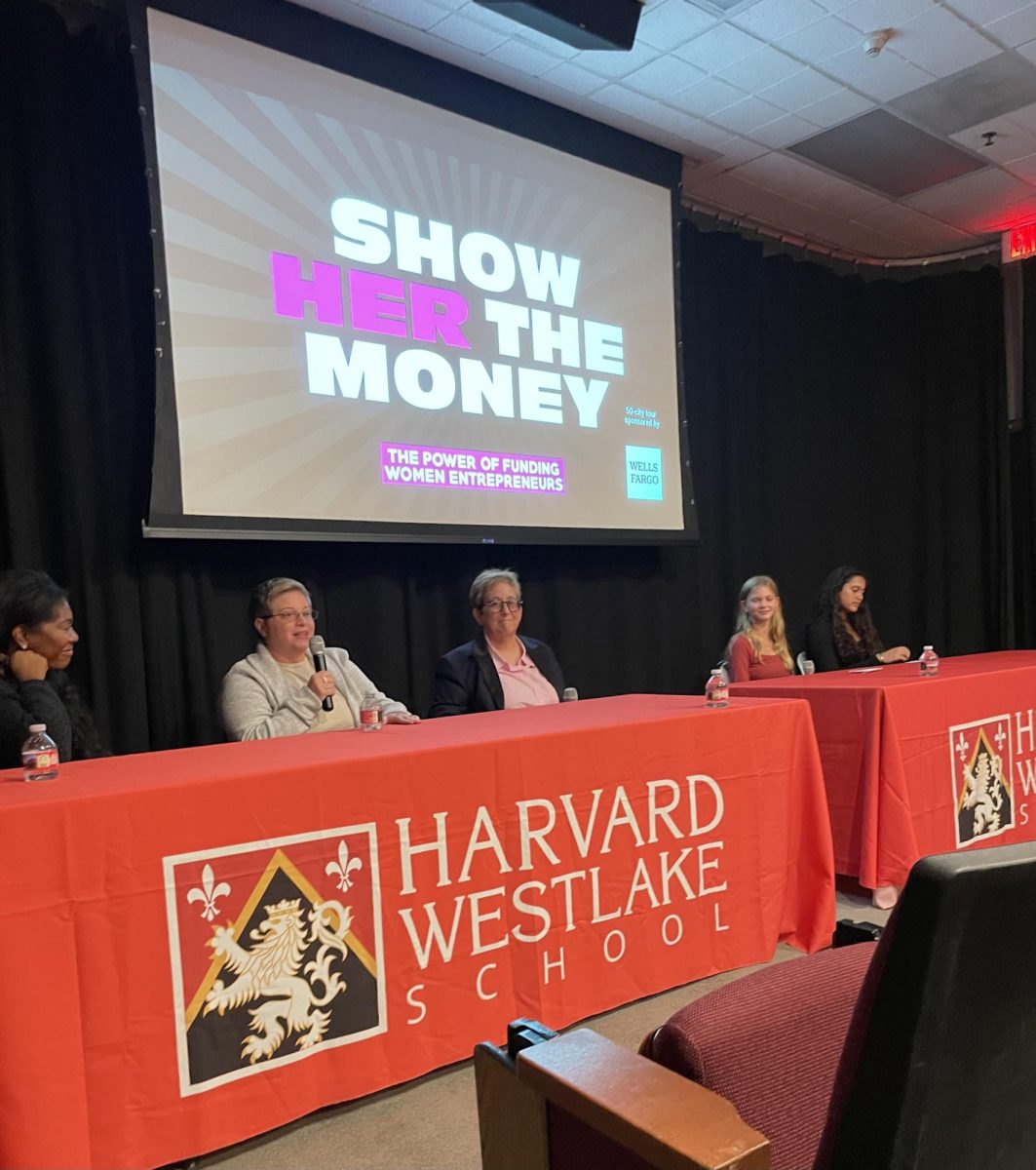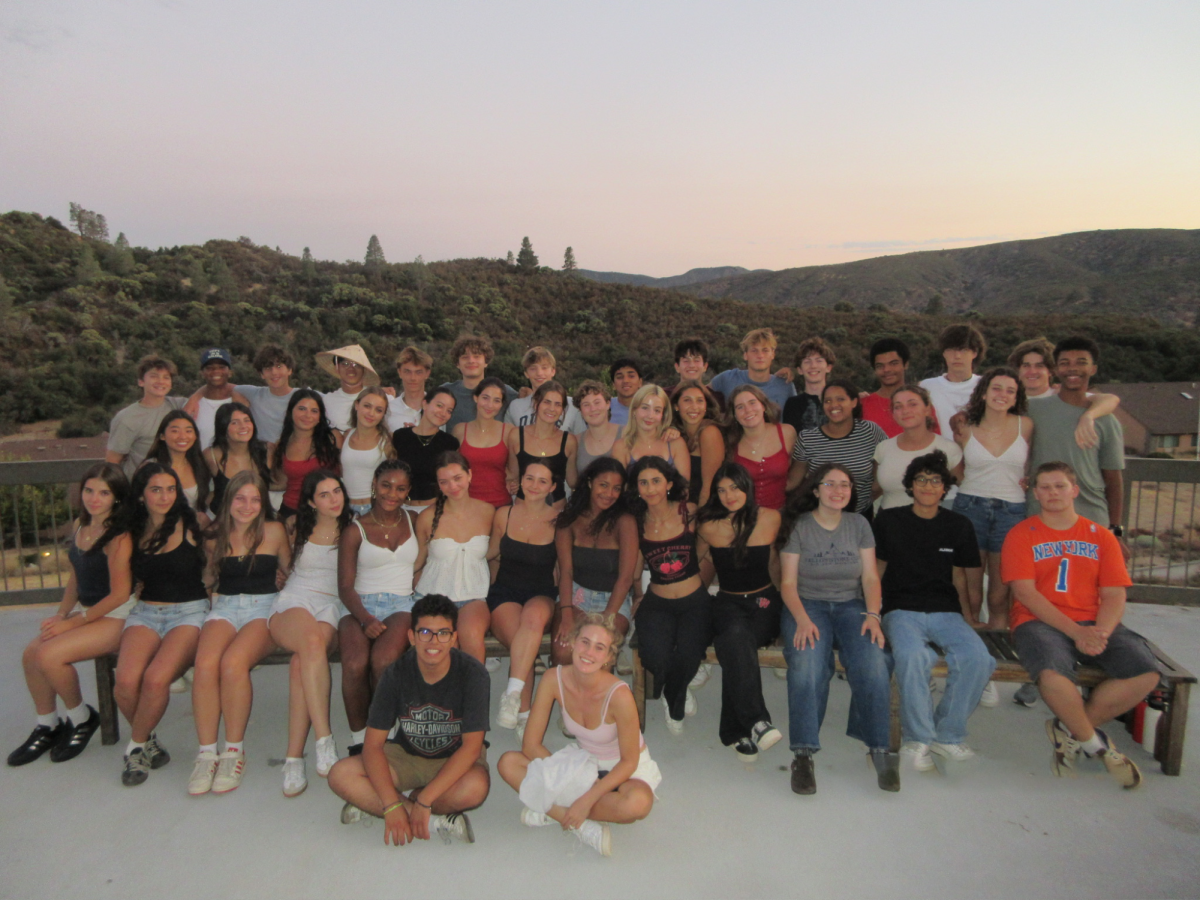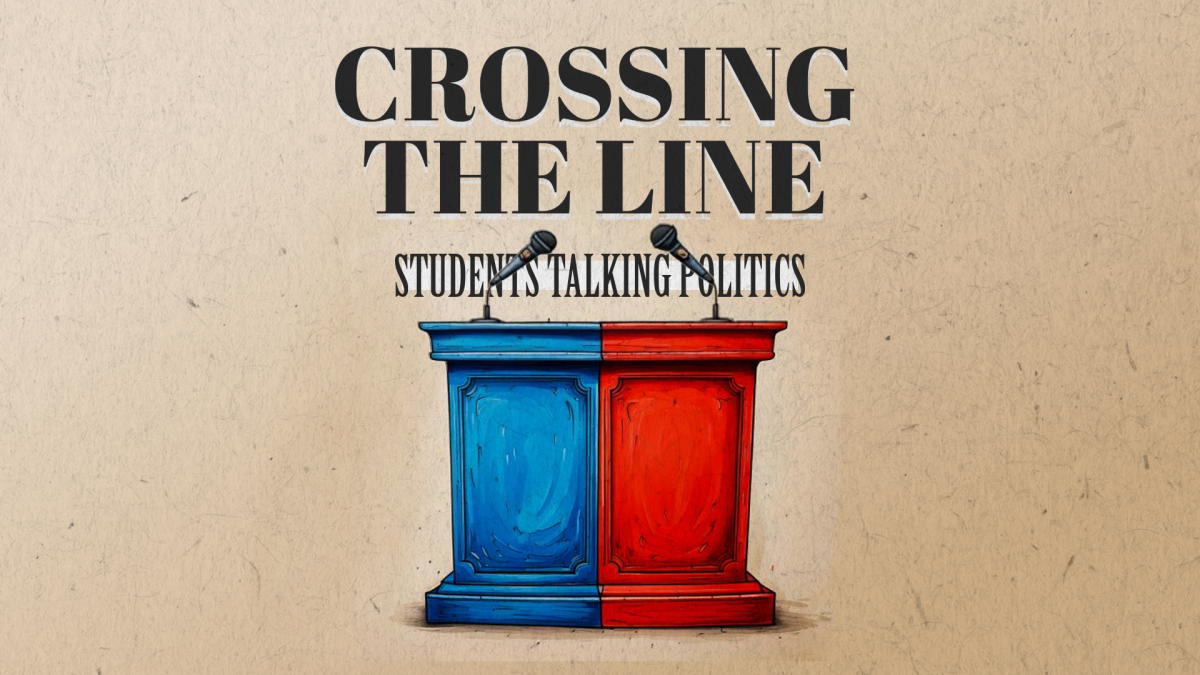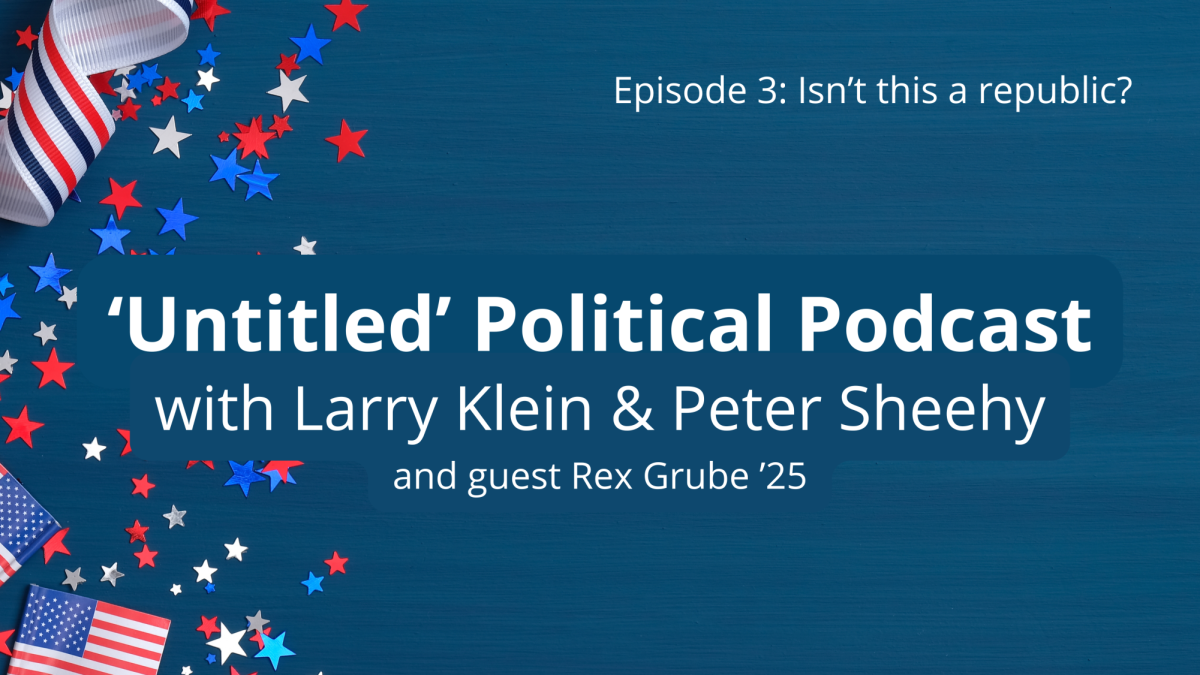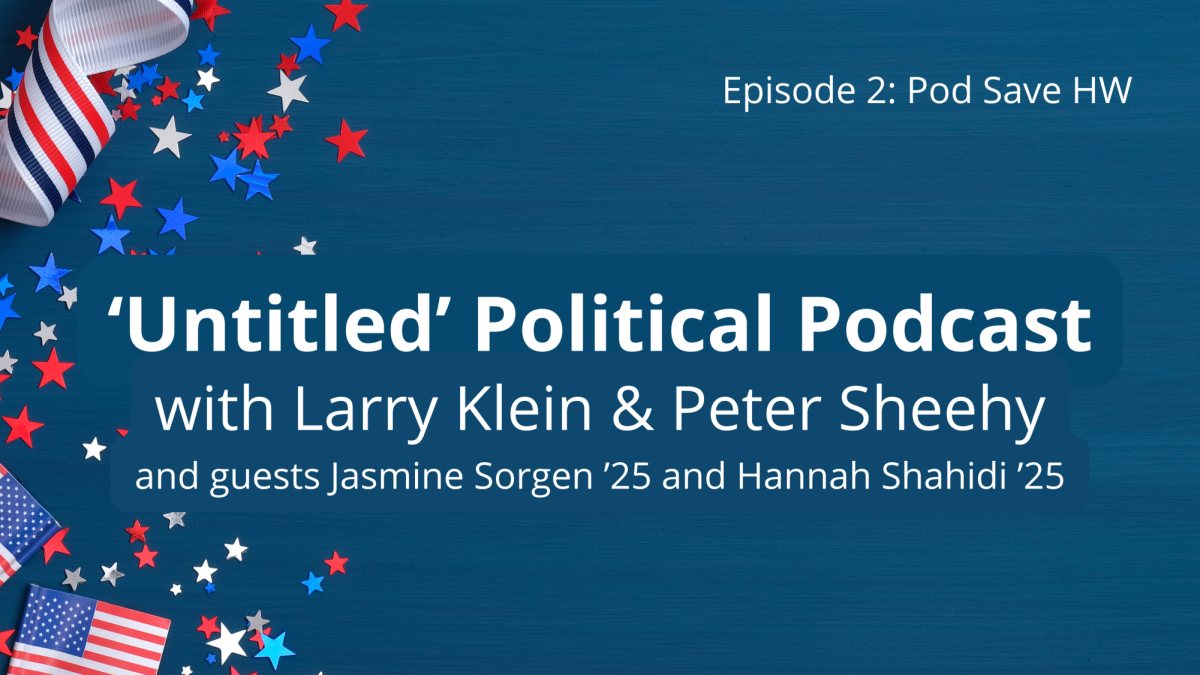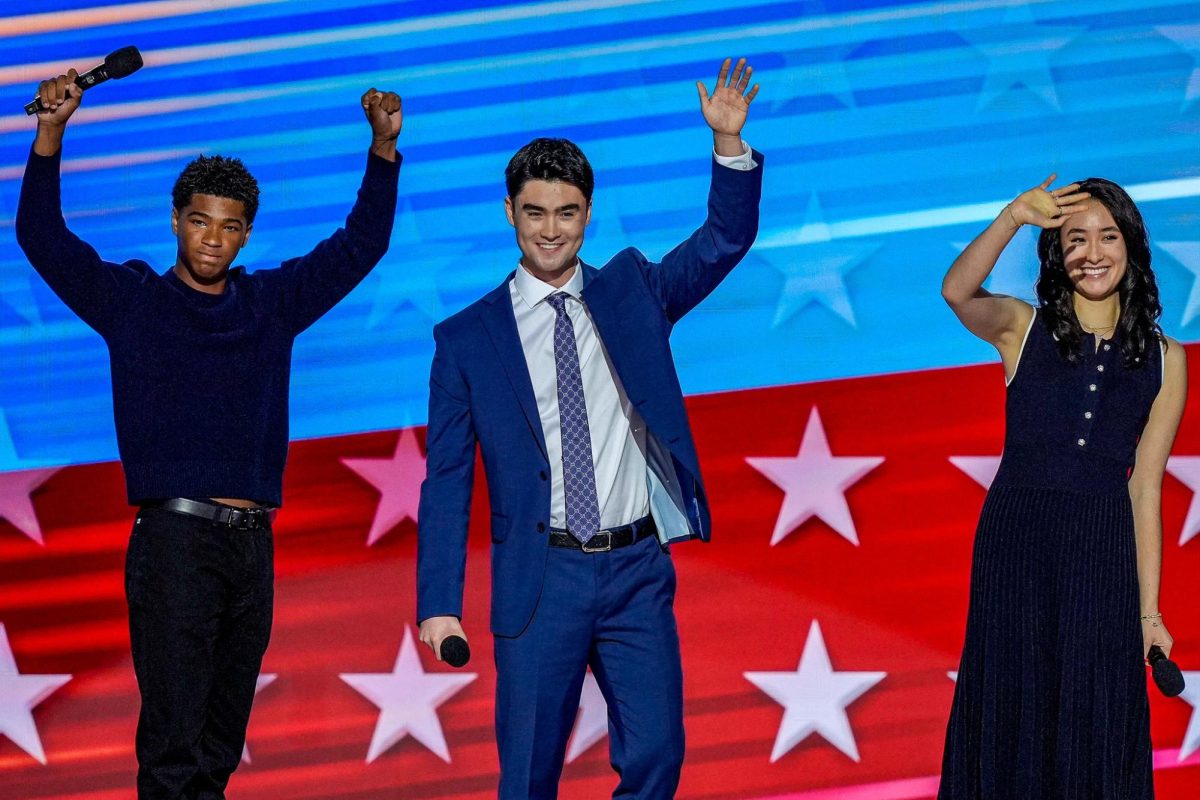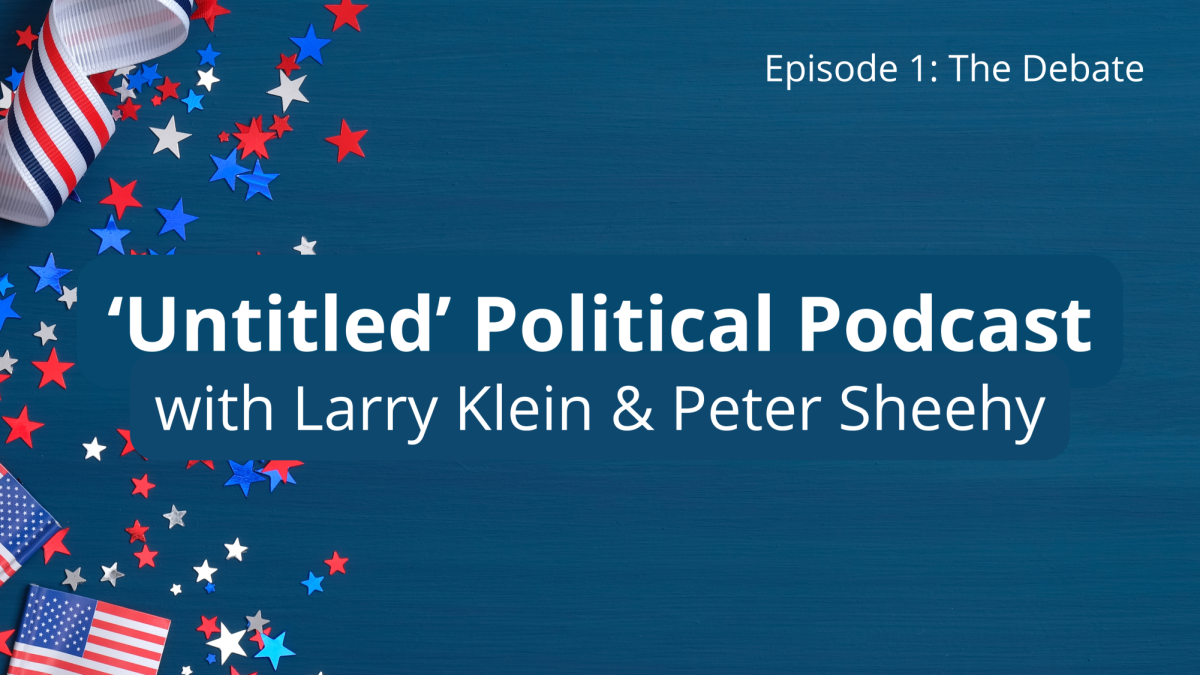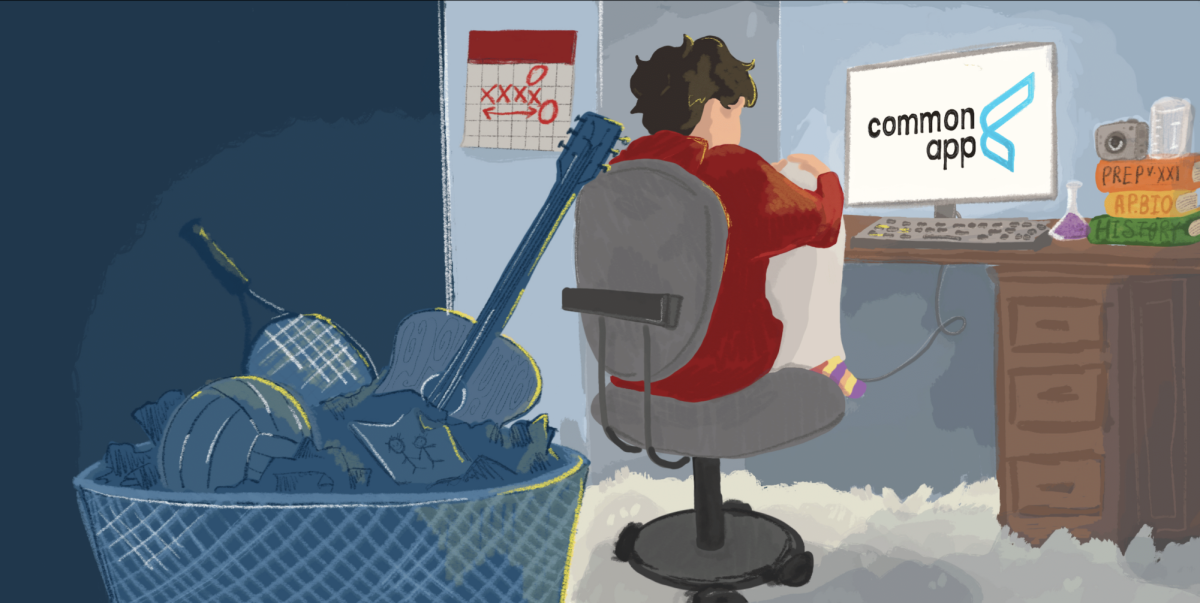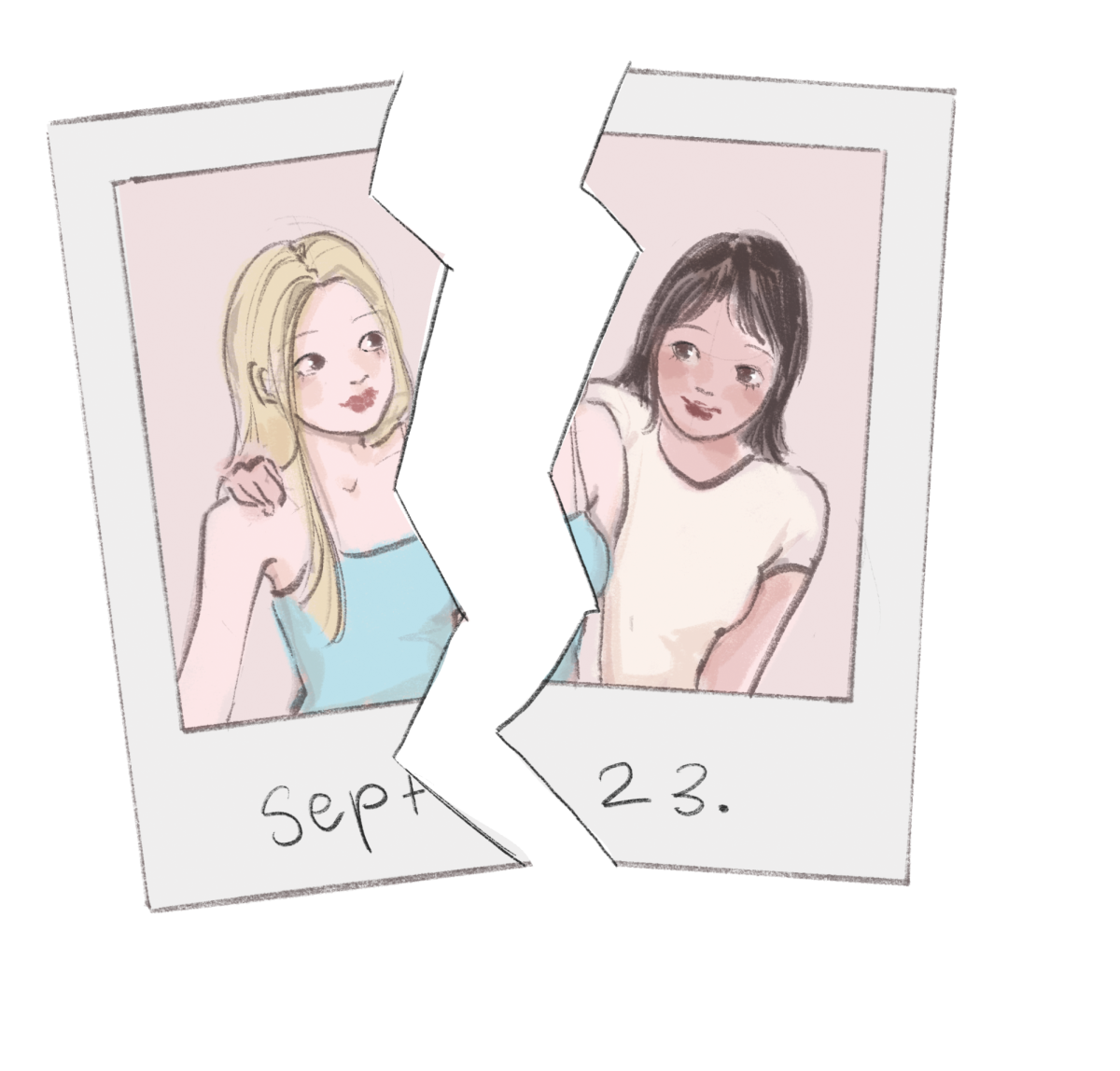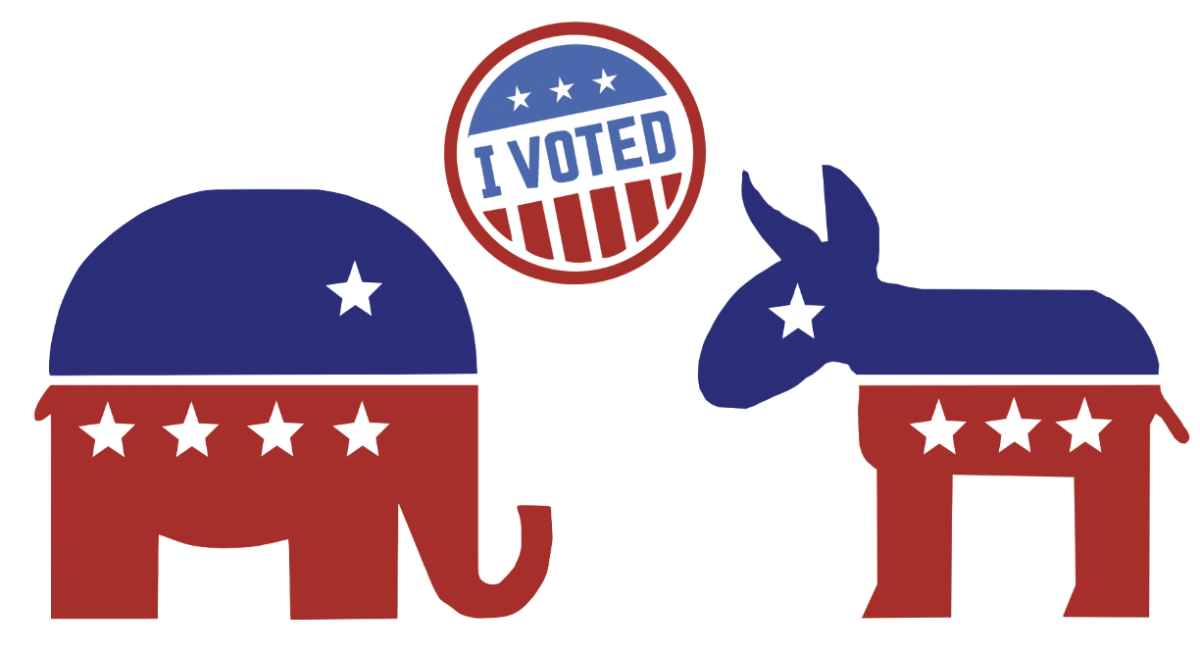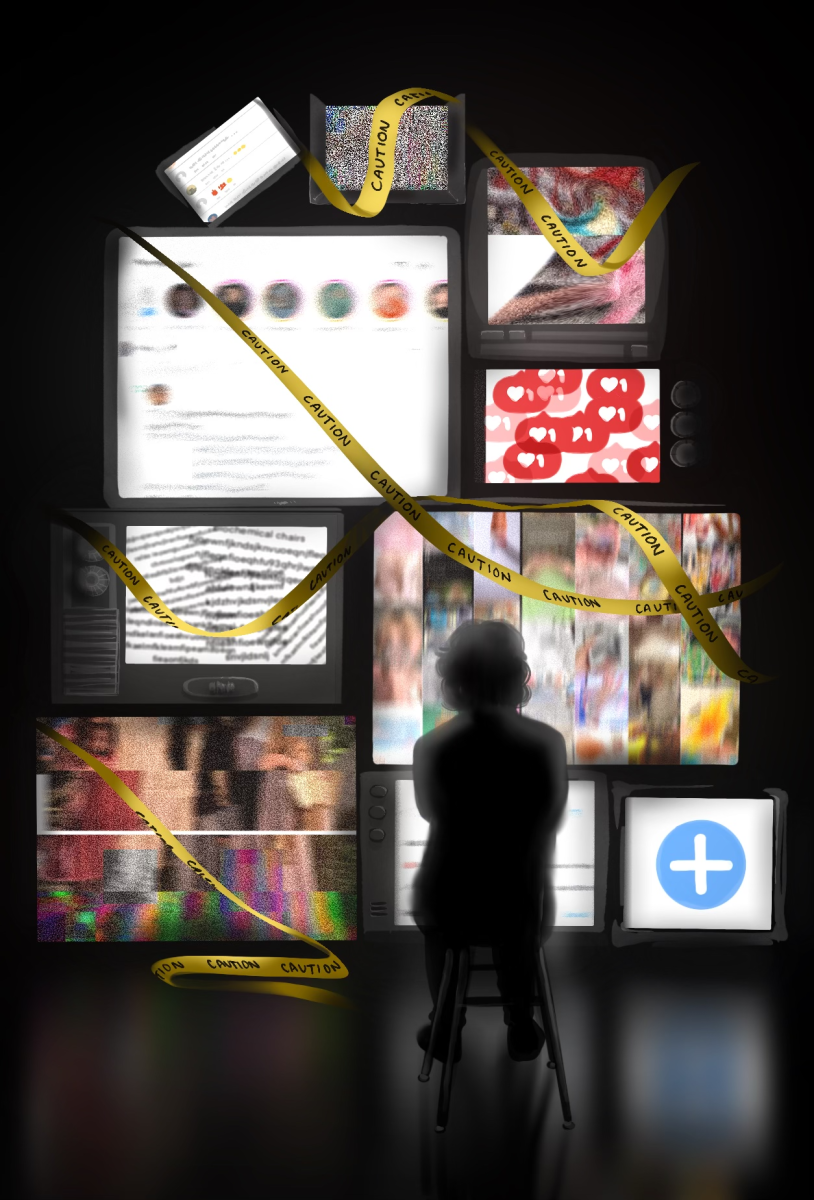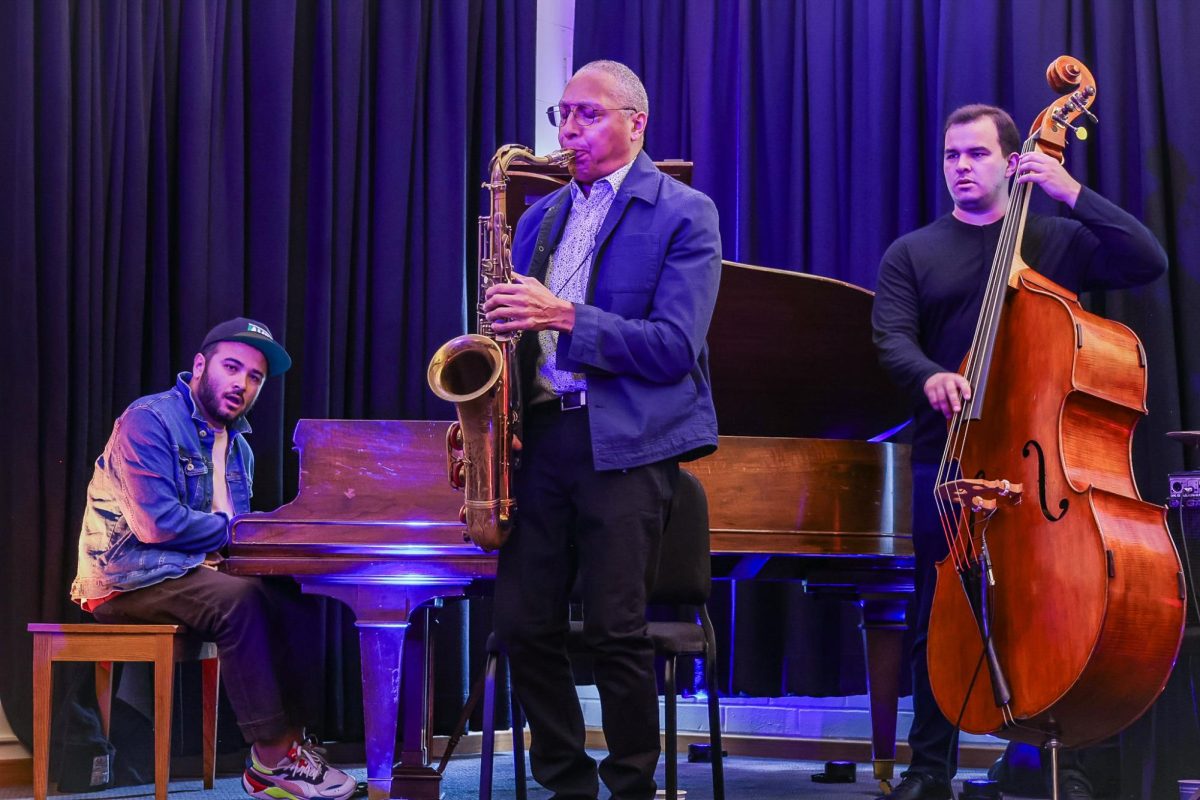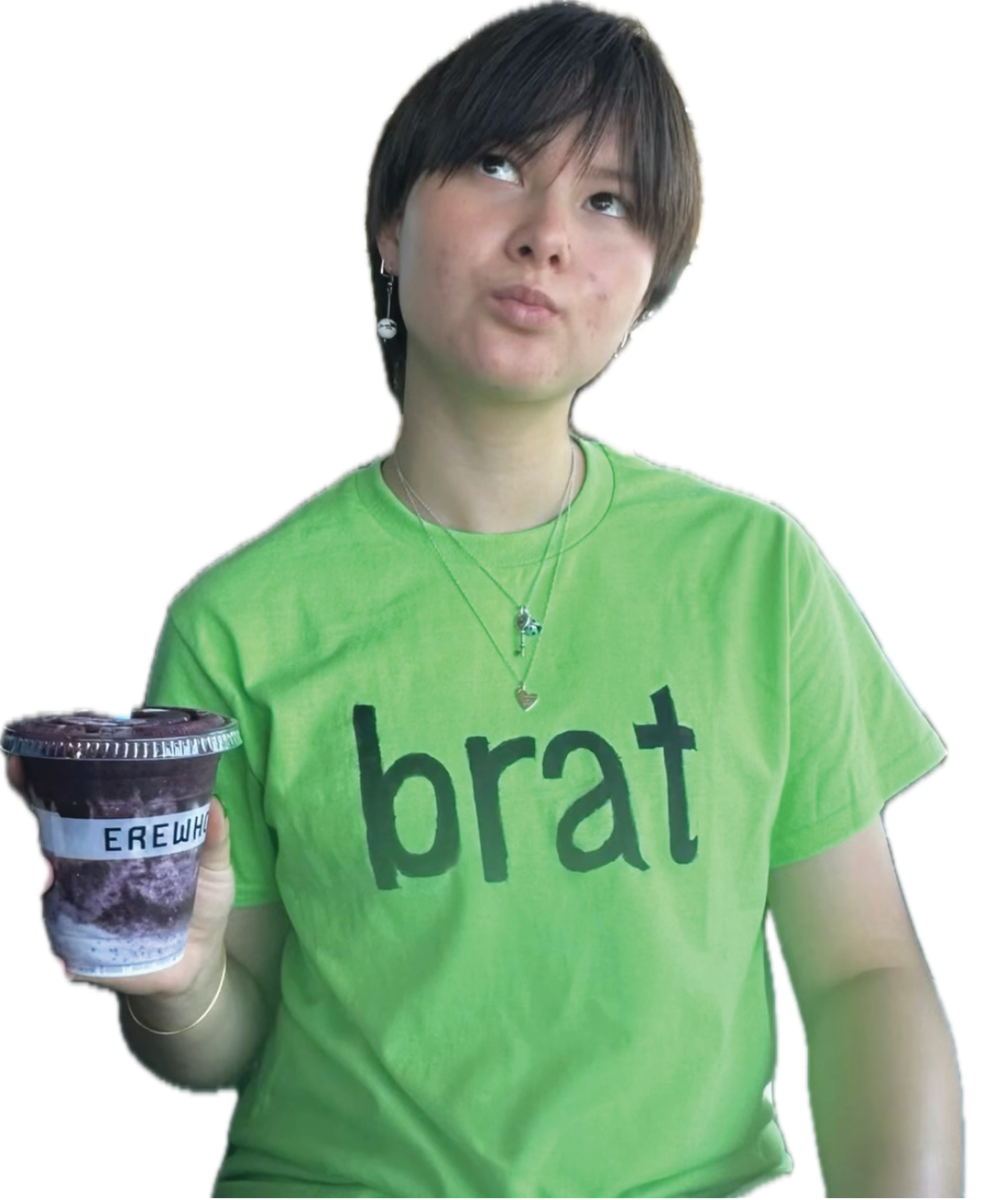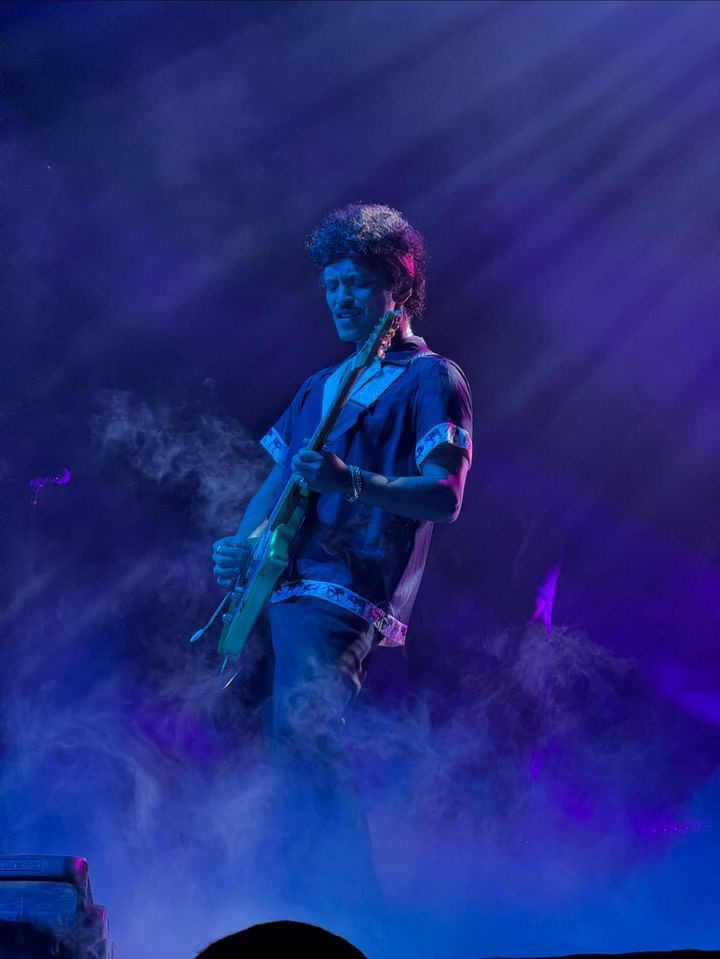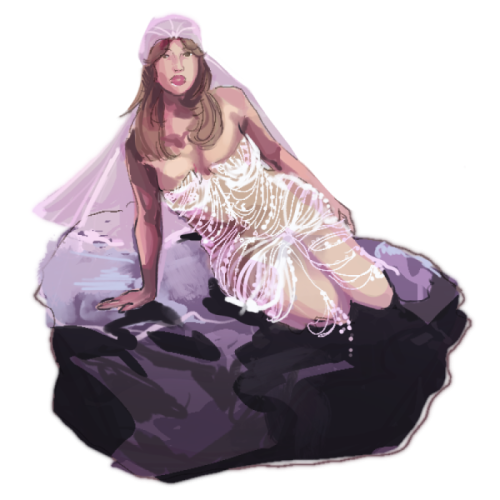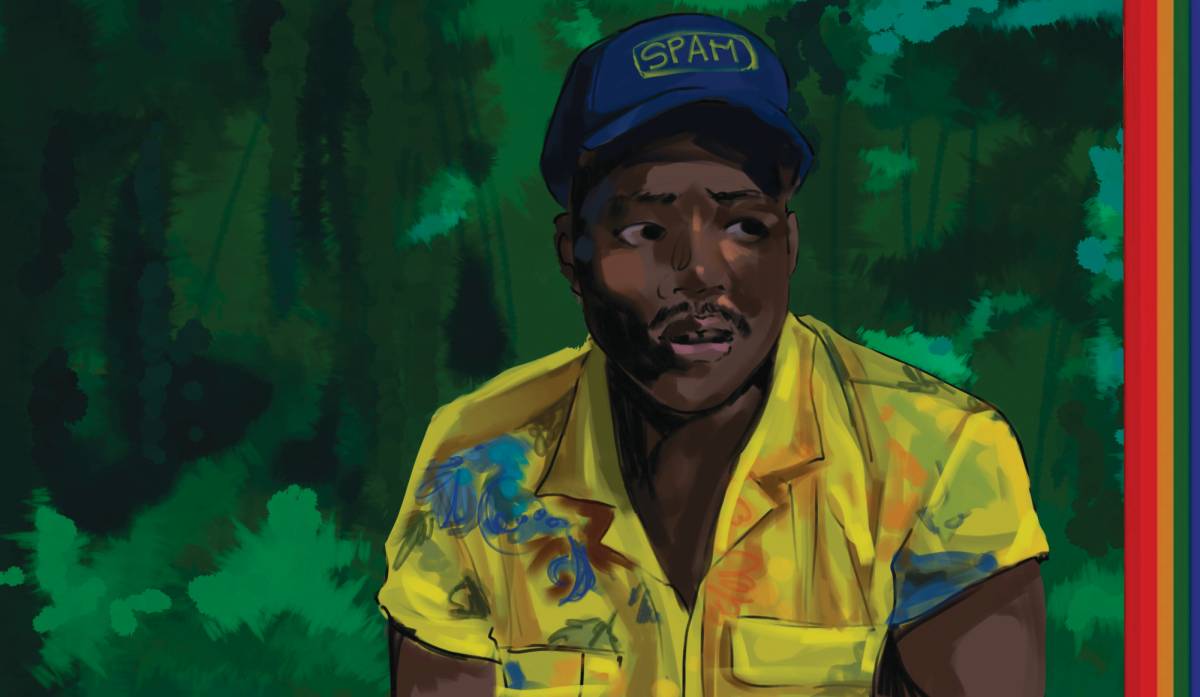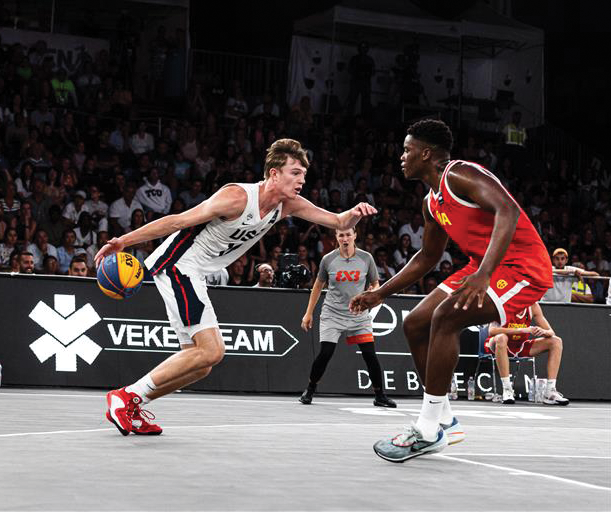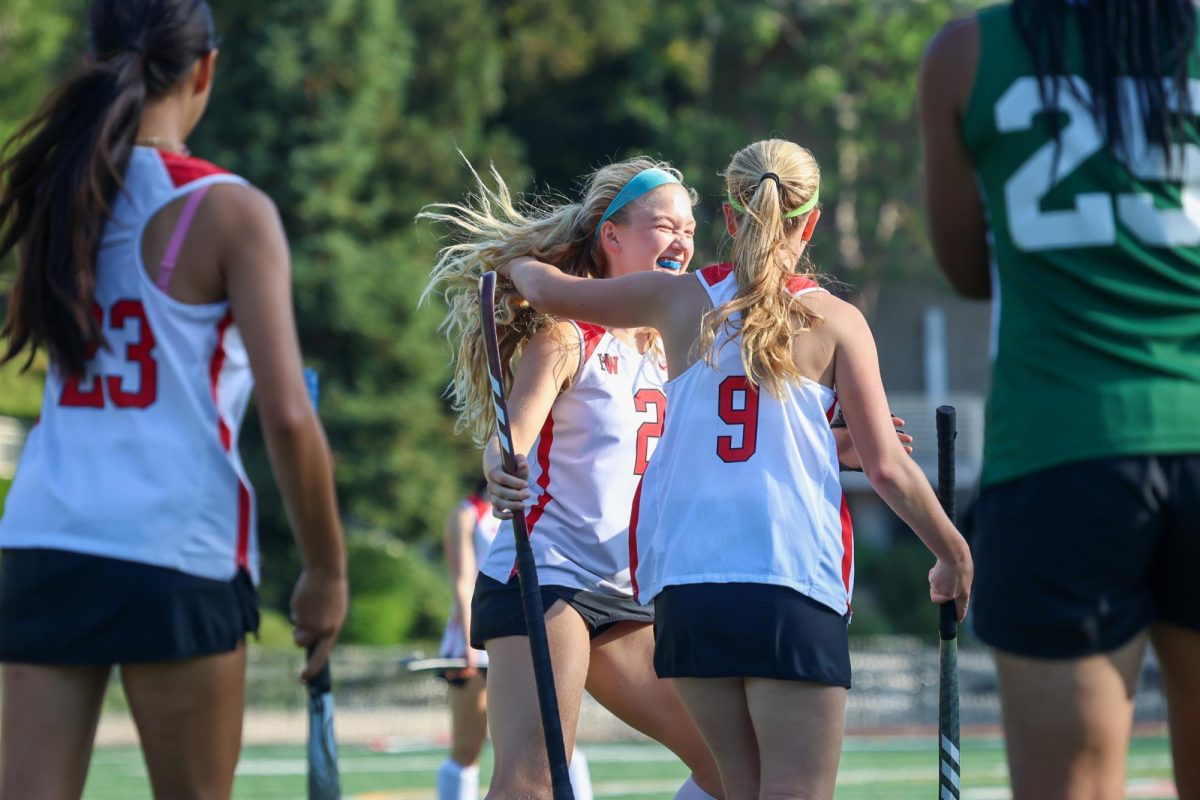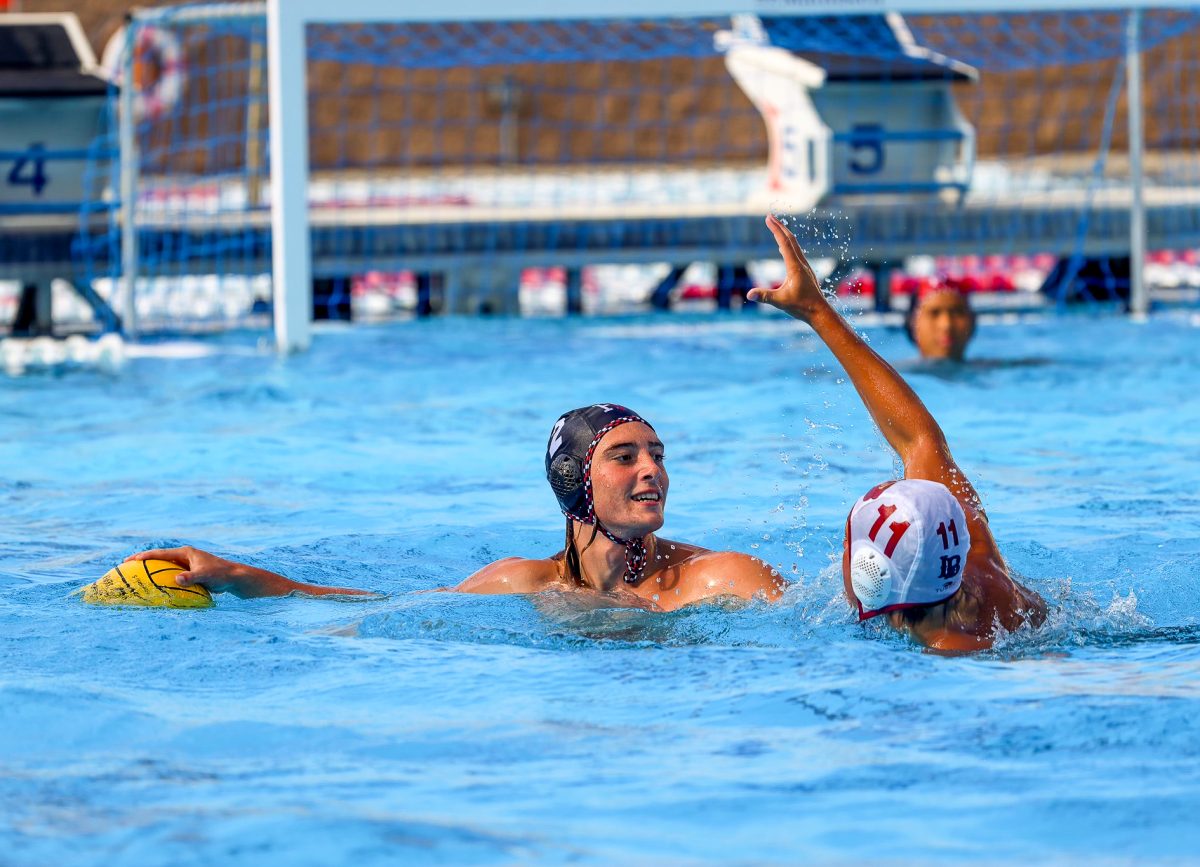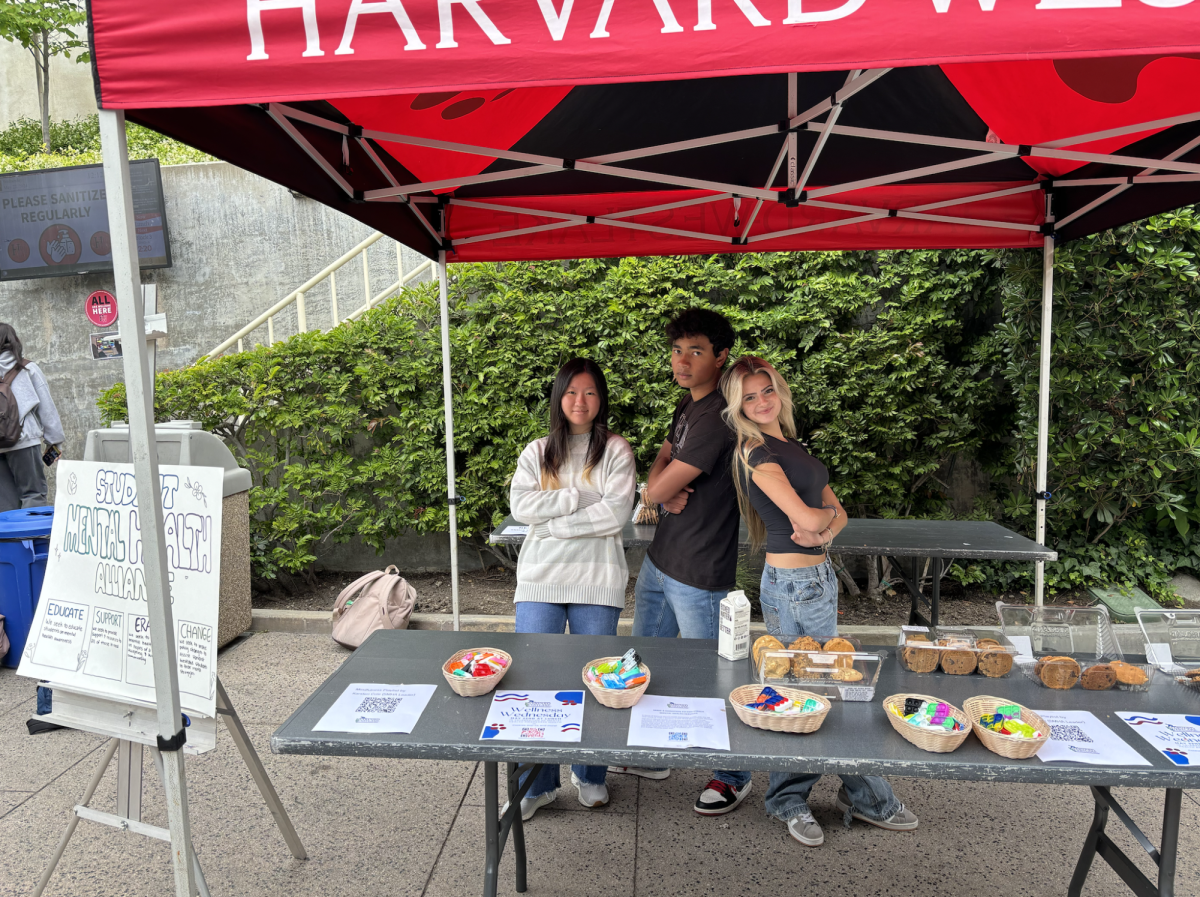By Eojin Choi
Injecting experiment mice, dissecting them and making blocks of their hearts were among many of the tasks Crystal Ho ’12, Megan Kawasaki ’12, Christina Yang ’12 and alumnus Hank Adelmann ’11 executed at their summer internship at Moshe Arditi’s Infectious Disease lab at Cedars-Sinai Medical Center.
Ho and Yang both found out about this program from upper school science teacher David Hinden, who contacted Moshe Arditi. This was Yang’s second time in the lab, having worked a total of 203 hours, while Ho worked for 159 hours.
Other tasks at the lab included staining slides and counting the T-cells in the mice. Yang said her experience taught her much about the work it takes to perform an entire experiment properly in a research lab setting.
“Unlike labs at school, the projects in the lab can take years to complete, and the procedures are much more complicated,” Yang said. “I value my time spent in the lab for the past two summers because I think it has helped me do the labs at school well, especially in Human Anatomy. I’ll probably use what I learned in Genetics this upcoming year as well.”
Ashley Wu ’13 worked at the Bouchard lab at UCLA after searching for labs she might be interested in online. Going to the lab every day for two months since the beginning of July, Wu learned how to use the design software Autodesk Inventor, designed a hydraulic chamber and learned how to measure rheological properties, the direction of the flow of matter, by using a rheometer, a device that measures the flow of liquid.
“I learned how to use different instruments and got to work with a lot of different people,” Wu said. “It was a great experience, and I now have a close relationship with the people I worked with, including the professor.”
Daniel Bai ’12 went to the UCLA High School Plasma Physics Lab six days a week after learning about it through a friend. At the lab, he made an electric field probe that was used in his data run, which helped him learn about plasma resonance cones.
“I found the equations and concepts difficult at first, but once I continued to work in the lab, everything started to make sense,” Bai said. “I enjoyed working there because instead of just theorizing, it was a hands-on experience.”
Eli Haims ’12 worked with Troy Carter, a UCLA professor, at a similar plasma lab at UCLA. Haims programmed a spectrometer, collected data and analyzed light.
James Wu ’13 helped Gary Williams with research at the Acoustics and Low Temperature Physics lab at UCLA after finding out about it from physics teacher Antonio Nassar. In order to help research about superfluid helium and cryogenics, the study of material behaviors at low temperatures, Wu helped build a cryogenic cell, helped solder metals together and helped perform experiments by taking data points. During the time he spent at the lab, Wu said he not only learned specific techniques and how to carry out procedures, but also learned what it was like at a real research lab.
“I had a great time there and I think it will really help me figure out my interests in science for college,” Wu said.
Julie Ko ’12 and David Lim ’13 worked in the UCLA Undergraduate Research Consortium in Functional Genomics, a program designed to give undergraduates and high school students actual lab experiences.
Ko first joined this program last year when she found out about it from Michelle Choi ’12. Ko and Lim worked at the lab every Tuesday and Thursday from 10:30 a.m. to 4 p.m. for eight weeks, and they are currently writing a research report to submit to the Siemens Competition.
Ko and Lim completed tasks such as maintaining fly stocks, creating fly crosses and taking fluorescent pictures of fly larvae. Using the data they collected, they identifed and analyzed genes in the common fruit fly in order to identify possible human homologues.
“I think [the program is] a great way to inspire people to really get into science as opposed to sitting in lectures and memorizing facts,” Ko said. “The program has definitely made me more dedicated to pursuing a career in research, and it taught me a lot about myself and how I work and think.”

